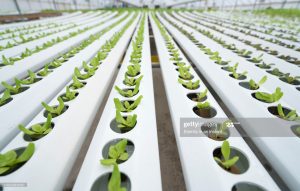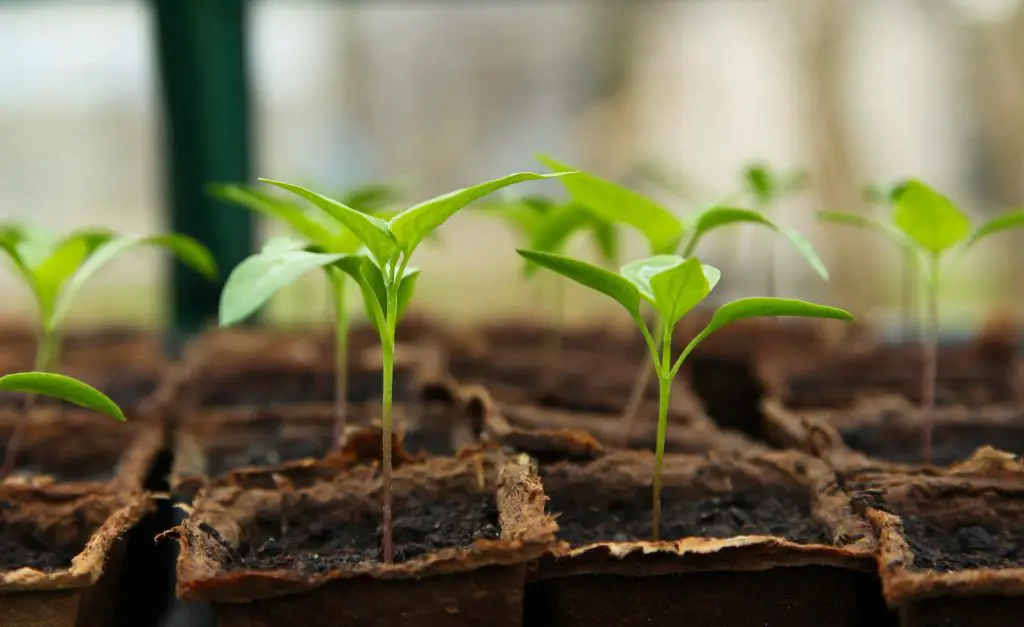Navigating Uncertainty and Crisis: Prioritizing Necessities
During times of uncertainty and crisis, food and shelter emerge as the most threatened essentials. Survivalists and preppers proactively prepare for such scenarios. While one can manage without shelter, food remains an indispensable physical necessity.
The Rush for Food in Emergencies
Food’s importance becomes starkly evident in the face of impending natural disasters or severe economic breakdowns. News of such events triggers a mass rush to grocery stores and supermarkets. People stockpile food, hoping the situation normalizes before their supplies deplete.
Those unable to secure food must rely on government or humanitarian aid. However, survivalists aim to sidestep this dependency entirely. The key solution lies in self-producing food. While it’s impossible to produce every desired food item, self-sufficiency in essential food production is achievable, especially with a greenhouse.
Greenhouse Farming: A Survivalist’s Ally
A greenhouse serves as a specialized farm, enabling the growth and thriving of crops throughout various seasons. Its design effectively shields crops from harsh conditions, ensuring optimal growth conditions. This method significantly boosts food availability, making it a strategic choice for survivalists preparing for tough times.
Maximizing Greenhouse Farming for Survival
This article delves into the most effective greenhouse farming techniques and how survivalists can fully leverage these methods. Get ready to learn and prepare!
Why do Survivalists Need Greenhouses?
Survivalism is a movement that aims to be prepared against a perceived future problem.
This could either be a natural disaster, an economic crisis, a bio-attack, or anything else. This preparation will require you first to consider the basic things of life. Your safety, shelter, water, food, and supplies are very important.
If you already live in a safe place and you have the right electricity and air supply, you are almost good to go. You could indeed have plenty of non-perishable food.
However, the problem that you are shielding yourself and your loved ones from might go on longer than you thought, and you might run out of food. What do you do then? The only reliable solution for feeding is to have a stable food supply. This can only be achieved with the help of a self-operating Greenhouse.
Greenhouses don’t care about the weather, and they will keep producing food for you all year round. You might have enough food to last a month; What if the coronavirus stayed for two years?
Our guess is that’s why Survivalilists conclusively believe that Greenhouses are the only reliable food supply source in an emergency. Sure, you wouldn’t have chicken or burger, but you would have steady fruits and vegetables that you can comfortable life on.
Find more about farming on our blog HERE.
What is Hydroponics Farming?
Hydroponics farming is a revolutionary Agro-Tech concept that allows people to grow food without soil. Planting using the hydroponics method requires putting the plant in different organic material and growing your crops directly in nutrient-rich water. This process will allow your crops to gain direct nutrients, and their growth will be faster along with increased output.
Setting up a hydroponics system or farm is not very difficult; all you have to do is get all the required materials and follow certain instructions. The more space and money you have for this personal investment, the better the outcome.
The first thing you need is fresh water; this water should have a pH level of around 6-6.5 to function perfectly. You can buy it from a garden store. You would also need root support and plenty of nutrients for your plant.
Your plant doesn’t need soil, but it needs root support that is uniquely designed to allow for oxygen and is moisture absorbent enough for the nourishing water.
Materials that are moist absorbent include vermiculite, perlite, peat moss, coconut fiber, and Rockwool. The nutrients that your plants will need include magnesium, phosphorus, and calcium. These nutrients will serve as plant food since the plant is not nourishing soil and fertilizer. Your greenhouse will also need to have access to light.
Different plants require different amounts of light and different unique light placements. You would need other things as your hydroponics farm begins to take shape, but for starters, these are the major things you have to plan towards. Plants that are grown on the hydroponic farms bring some of the biggest fruit yields.
What is Aquaponics Farming?
Aquaponics is the demon love child between aquatics and hydroponics. The concept is one of the most intelligent innovations in agriculture. Aquaponics works in what can best be described as a cyclical operation.
Plants need good nourished water to grow, and fishes also need good water to grow. The waste that fishes produce is a very good fertilizer for plants, and the plants, in turn, absorb all this waste and release freshwater back for the fishes. This simple concept allows your fishes to grow and flourish.
It also gives your plants more nutrients so that your crops can produce better fruits. This system is autonomous, and it uses lesser resources. The truth is that everybody can have an aquaponic farm; all you have to do is set it up and improve on it regularly. There are many DIY tutorials on YouTube and other media. You should check them out.
You may be interested in
| How to Guide to Survive Extreme Winter |
| How to vanish in the Jungle or Forest: Art of concealment through camouflage |
| What Exactly is Survivalism: Explaining Survivalists and Preppers. |
Conclusion
The survival rule of threes states that you need air, water, food, and shelter to survive in any situation. This means that feeding is half of what survivalists will always need. Water can always be stored in large quantities, but food tends to run out quickly.
Having a greenhouse giving you a steady supply of natural food can be the best thing to happen to you if a prolonged disaster or a breakdown of the economy. It can also serve as a significant reduction in your grocery expenses. Either way, a greenhouse is always a good investment for a survivalist.
Hydroponics and Aquaponics farming is a good way to feed ourselves without affecting the planet naturally; We guess Environmental survivalists will have a soft spot for these agricultural innovations.
If you have any queries feel free to reach out in the comments section below.
Find out everything to know about survival on our website.



